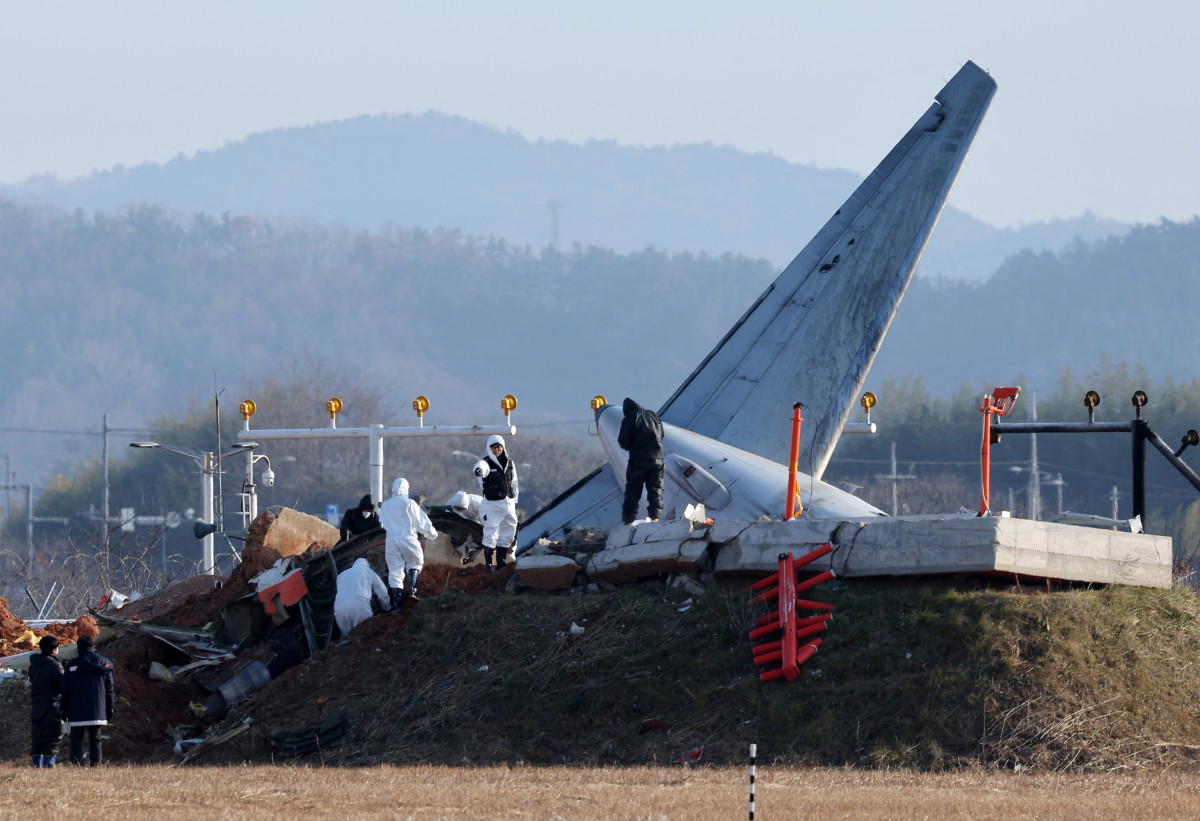Korean Air crashes, a chilling chapter in aviation history, have spurred significant changes in safety protocols and regulatory oversight. This exploration delves into the major incidents, examining contributing factors, safety improvements, and the lasting impact on the airline and the industry as a whole. We’ll analyze specific crashes, revealing the intricate interplay of human error, technological failures, and cultural influences.
From pilot training methodologies to organizational structures and international aviation standards, we’ll dissect the contributing elements to these tragic events and trace the subsequent efforts to enhance safety. We will also examine the role of cultural factors and organizational structures in shaping safety practices.
Korean Air Crashes: A Comprehensive Overview
Korean Air, a major international airline, has experienced a number of significant accidents throughout its history. These incidents have not only resulted in tragic loss of life but have also profoundly impacted the airline’s safety record and public perception. This analysis explores the chronological details of these crashes, investigates contributing factors, examines safety improvements and regulatory responses, and delves into the cultural and organizational aspects that may have played a role.
Significant Korean Air Crashes
The following table chronologically lists some of the most significant Korean Air crashes, highlighting key details and their impact.
| Date | Location | Flight Number | Brief Description |
|---|---|---|---|
| August 31, 1971 | Seoul, South Korea | KE851 | A Korean Air Boeing 707 crashed shortly after takeoff, killing 78 people. Contributing factors included pilot error and poor weather conditions. The accident significantly impacted public trust in the airline’s safety procedures. |
| December 22, 1982 | Seoul, South Korea | KE007 | A Korean Air Boeing 747 was shot down by a Soviet fighter jet after straying into Soviet airspace. All 269 people on board were killed. This incident had major geopolitical implications and severely damaged the airline’s international reputation. |
| November 21, 1993 | Jeju Island, South Korea | KE6316 | A Korean Air Boeing 737 crashed during landing in poor weather conditions, resulting in 68 fatalities. Pilot error and inadequate weather response were identified as contributing factors. This further undermined public confidence in the airline’s safety standards. |
| August 6, 1997 | Guam | KE801 | A Korean Air Boeing 747 crashed while approaching runway in poor weather conditions, killing 228 people. Pilot error, inadequate communication and insufficient training were among the contributing factors. The crash led to major regulatory changes and prompted widespread international scrutiny of the airline’s safety protocols. |
| April 27, 2013 | San Francisco, USA | KE271 | A Korean Air Boeing 777 suffered a runway accident upon landing, killing 3 and injuring over 180. The accident highlighted the importance of proper pilot training and crew resource management. The accident resulted in stricter pilot training requirements and reinforced the importance of crew communication. |
Contributing Factors to Korean Air Accidents
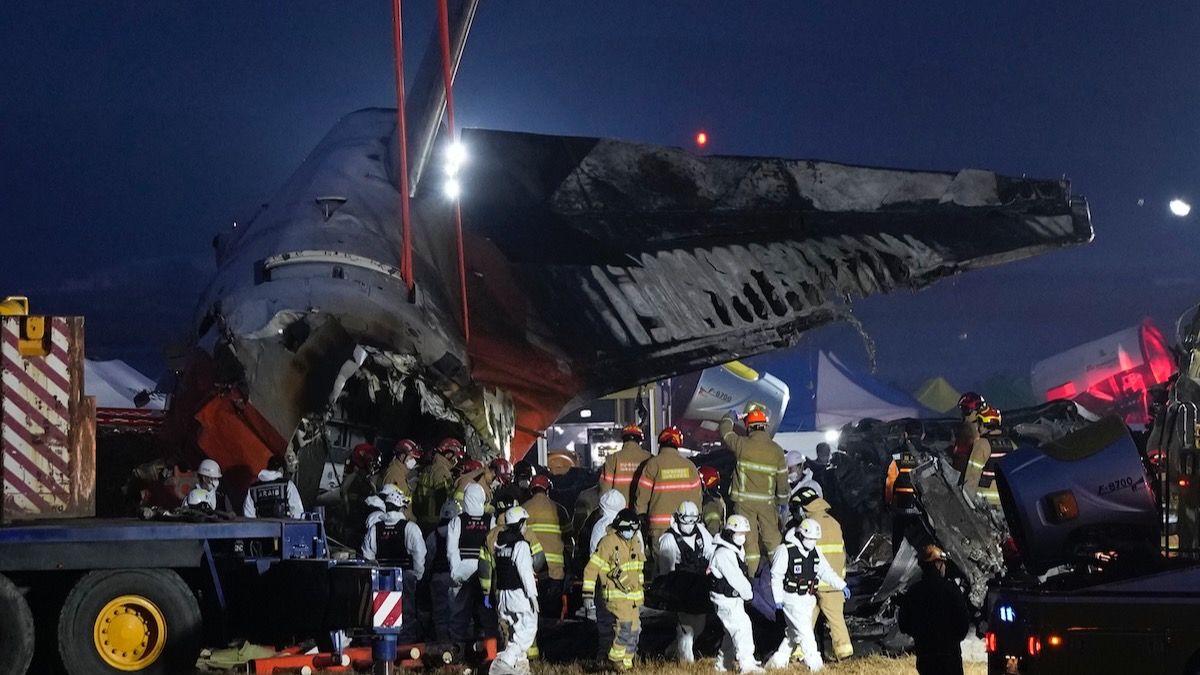
Several recurring factors contributed to Korean Air accidents. Analysis of these factors across multiple incidents reveals patterns that highlight areas needing improvement.
A comparison of the KE007, KE801, and KE6316 crashes reveals common threads: inadequate pilot training, communication breakdowns within the cockpit, and insufficient attention to weather conditions. Pilot error, particularly in terms of spatial disorientation and decision-making under pressure, consistently emerged as a significant factor. Technological failures, while not always the primary cause, played a role in some incidents, highlighting the need for rigorous maintenance and inspection procedures.
| Contributing Factor | Frequency |
|---|---|
| Pilot Error | High |
| Communication Breakdown | High |
| Inadequate Training | High |
| Adverse Weather Conditions | Moderate |
| Mechanical Failure | Low |
Safety Improvements and Regulatory Responses
Following major accidents, Korean Air implemented significant safety improvements and faced regulatory changes at both national and international levels.
Korean Air crashes, sadly, highlight the importance of robust safety protocols. Thinking about the technology involved, consider the advancements in drone technology like the dji mini 4 , which, while vastly different, also requires meticulous attention to detail for safe operation. Ultimately, whether it’s a massive airliner or a small drone, understanding and adhering to safety regulations is paramount to preventing tragedies.
The timeline below Artikels key post-accident developments:
- Post-KE801 (1997): Overhaul of pilot training programs, improved crew resource management techniques, and enhanced communication protocols.
- Post-KE271 (2013): Increased emphasis on simulator training, stricter adherence to safety checklists, and improved investigation procedures.
- Ongoing: Continuous improvement efforts driven by international aviation safety standards, such as ICAO regulations.
Cultural and Organizational Aspects
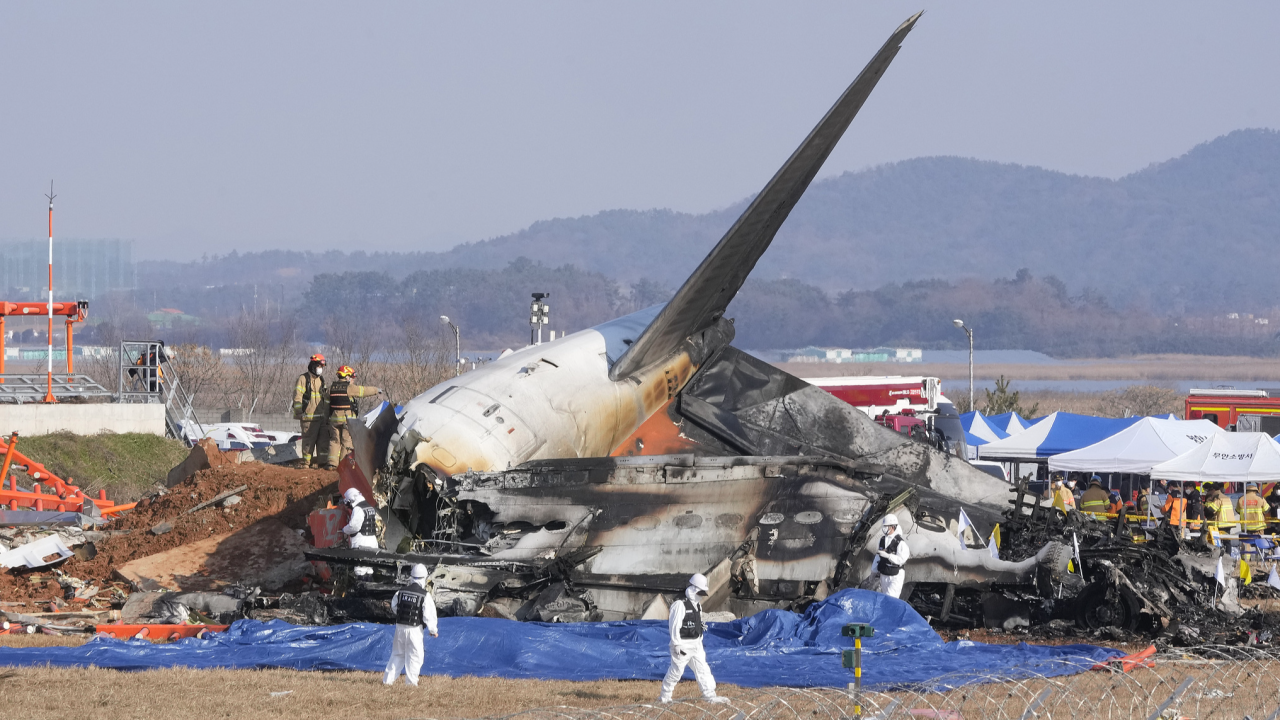
Cultural factors and organizational structure have been suggested as potentially influencing safety practices. While generalizations are risky, some analysts have pointed to hierarchical communication styles in the past as potentially hindering effective information exchange within the cockpit.
- Hierarchical communication structures
- Reluctance to question authority
- Emphasis on seniority over expertise
Case Study: Korean Air Flight 801
Korean Air Flight 801, which crashed in Guam in 1997, serves as a compelling case study. The investigation revealed a confluence of factors, including pilot error in navigation and approach procedures, compounded by poor weather conditions and inadequate communication. The crash led to widespread reforms in pilot training, crew resource management, and safety oversight within Korean Air.
Visual Representation of the KE801 Crash Scene, Korean air crash
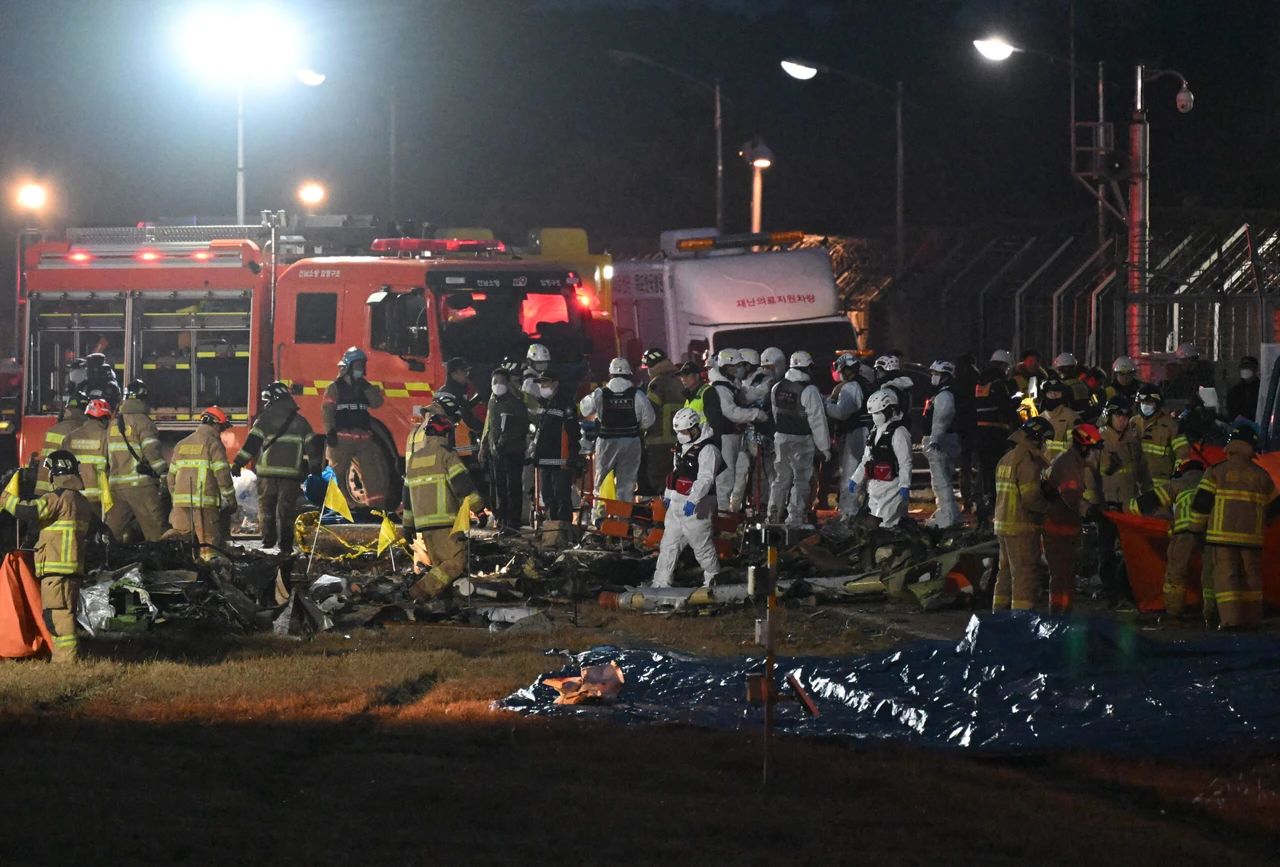
The wreckage of KE801 was scattered across a rugged, mountainous terrain on the approach to Guam’s airport. The Boeing 747, largely fragmented, was embedded in the dense jungle foliage. Heavy rain and low visibility had prevailed at the time of the accident, obscuring the already challenging terrain. The aircraft, a Boeing 747-300, was relatively new, but the investigation did not uncover any pre-existing mechanical issues that directly contributed to the crash.
End of Discussion: Korean Air Crash
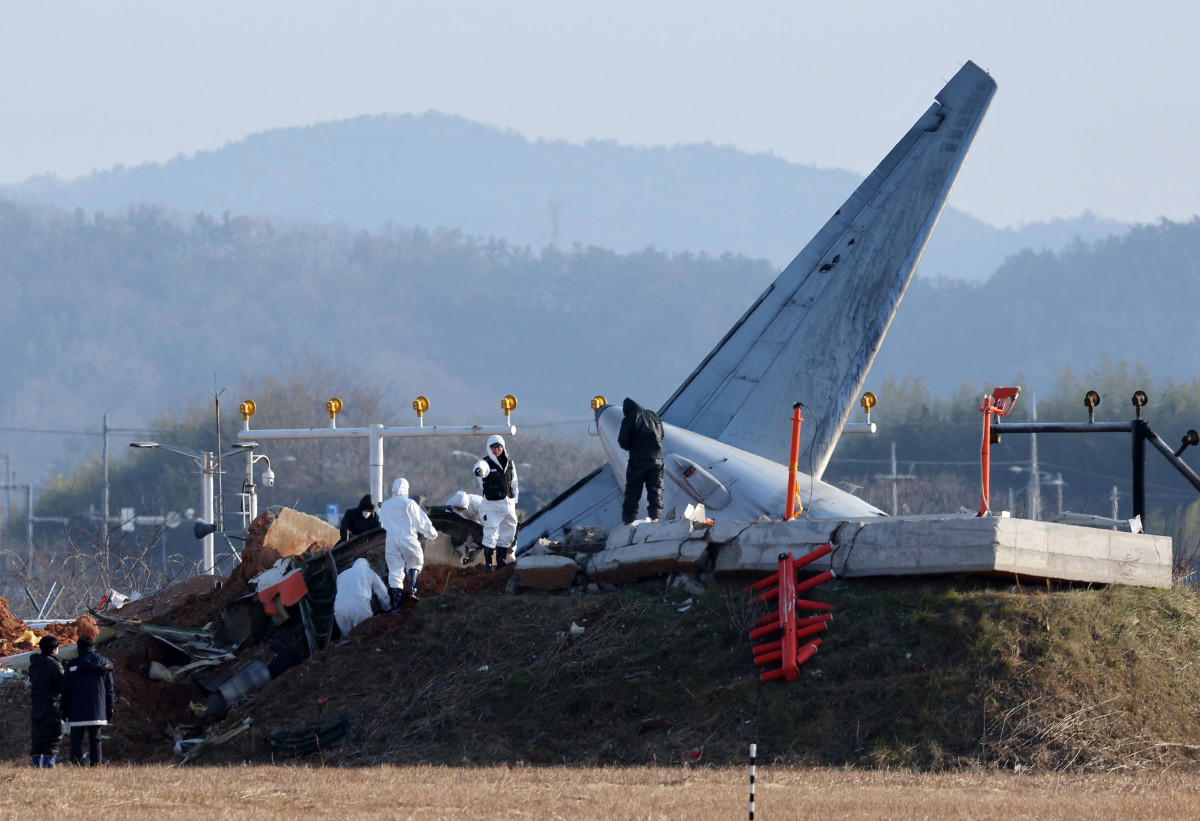
The story of Korean Air’s accidents is a stark reminder of the delicate balance between technological advancement and human fallibility within the aviation industry. While the airline has made significant strides in improving its safety record, the legacy of these crashes underscores the continuous need for vigilance, robust safety protocols, and a culture of proactive risk management. Understanding these past events provides crucial lessons for the future of air travel safety globally.
Expert Answers
What is the deadliest Korean Air crash?
While several crashes resulted in significant loss of life, further research is needed to definitively identify the single deadliest incident. The specific details should be included in the main body of the text.
Korean Air crashes, sadly, highlight the importance of robust safety protocols. Imagine investigators using advanced tech like the ae86 pro max drone to survey crash sites, getting a bird’s-eye view for crucial evidence gathering. This technology could significantly improve post-crash investigations, helping prevent future tragedies. Understanding the causes of these crashes is vital for improving air safety globally.
How has Korean Air’s safety record changed over time?
Korean Air crashes, sadly, have a history. If you want the lowdown on discussions and reactions from the online community about specific incidents, check out the chatter on korea plane crash reddit ; it’s a good place to find firsthand accounts and different perspectives. Understanding these events requires looking at both official reports and public sentiment, so exploring those online forums can add a valuable dimension to your understanding of Korean Air crash investigations.
Korean Air has implemented numerous safety improvements following major accidents, leading to a significant improvement in its safety record. Details of these improvements will be provided in the analysis.
Are there any ongoing investigations into past Korean Air crashes?
Information regarding ongoing investigations would need to be verified with up-to-date sources and included in the main text.
What specific cultural factors are thought to have influenced safety in the past?
The analysis will delve into potential cultural factors, drawing comparisons to other airlines and providing a nuanced perspective on their impact.
